L-Arabinopyranose
Modify Date: 2024-01-01 18:36:34

L-Arabinopyranose structure
|
Common Name | L-Arabinopyranose | ||
|---|---|---|---|---|
| CAS Number | 87-72-9 | Molecular Weight | 150.130 | |
| Density | 1.8±0.1 g/cm3 | Boiling Point | 333.2±42.0 °C at 760 mmHg | |
| Molecular Formula | C5H10O5 | Melting Point | 160-163ºC | |
| MSDS | N/A | Flash Point | 155.3±27.9 °C | |
| Name | L-arabinopyranose |
|---|---|
| Synonym | More Synonyms |
| Density | 1.8±0.1 g/cm3 |
|---|---|
| Boiling Point | 333.2±42.0 °C at 760 mmHg |
| Melting Point | 160-163ºC |
| Molecular Formula | C5H10O5 |
| Molecular Weight | 150.130 |
| Flash Point | 155.3±27.9 °C |
| Exact Mass | 150.052826 |
| PSA | 90.15000 |
| LogP | -0.83 |
| Vapour Pressure | 0.0±1.6 mmHg at 25°C |
| Index of Refraction | 1.646 |
Synonym:Non Section 2 - COMPOSITION, INFORMATION ON INGREDIENTS
Risk Phrases: None Listed. Section 3 - HAZARDS IDENTIFICATION EMERGENCY OVERVIEW
Not available. Potential Health Effects Eye: May cause mild eye irritation. Skin: Non-irritating to the skin. Ingestion: Expected to be a low ingestion hazard. Inhalation: Low hazard for usual industrial handling. Chronic: No information found. Section 4 - FIRST AID MEASURES Eyes: Get medical aid. Gently lift eyelids and flush continuously with water. Skin: Get medical aid if irritation develops or persists. Flush skin with plenty of soap and water. Ingestion: Get medical aid if irritation or symptoms occur. Inhalation: Remove from exposure and move to fresh air immediately. Get medical aid if cough or other symptoms appear. Notes to Physician: Section 5 - FIRE FIGHTING MEASURES General Information: As in any fire, wear a self-contained breathing apparatus in pressure-demand, MSHA/NIOSH (approved or equivalent), and full protective gear. Extinguishing Media: In case of fire, use water, dry chemical, chemical foam, or alcohol-resistant foam. Section 6 - ACCIDENTAL RELEASE MEASURES General Information: Use proper personal protective equipment as indicated in Section 8. Spills/Leaks: Sweep up, then place into a suitable container for disposal. Section 7 - HANDLING and STORAGE Handling: Use with adequate ventilation. Storage: Store in a cool, dry place. Keep container closed when not in use. Section 8 - EXPOSURE CONTROLS, PERSONAL PROTECTION Engineering Controls: Good general ventilation should be sufficient to control airborne levels. Exposure Limits CAS# 87-72-9: Personal Protective Equipment Eyes: Wear appropriate protective eyeglasses or chemical safety goggles as described by OSHA's eye and face protection regulations in 29 CFR 1910.133 or European Standard EN166. Skin: Wear appropriate protective gloves and clothing to prevent skin exposure. Clothing: Wear appropriate protective clothing to minimize contact with skin. Respirators: Follow the OSHA respirator regulations found in 29 CFR 1910.134 or European Standard EN 149. Use a NIOSH/MSHA or European Standard EN 149 approved respirator if exposure limits are exceeded or if irritation or other symptoms are experienced. Section 9 - PHYSICAL AND CHEMICAL PROPERTIES Physical State: Powder Color: white Odor: None reported. pH: Not available. Vapor Pressure: Not available. Viscosity: Not available. Boiling Point: Not available. Freezing/Melting Point: 160.00 - 163.00 deg C Autoignition Temperature: Not available. Flash Point: Not available. Explosion Limits, lower: Not available. Explosion Limits, upper: Not available. Decomposition Temperature: Solubility in water: soluble Specific Gravity/Density: Molecular Formula: C5H10O5 Molecular Weight: 150.13 Section 10 - STABILITY AND REACTIVITY Chemical Stability: Stable under normal temperatures and pressures. Conditions to Avoid: None reported. Incompatibilities with Other Materials: Strong oxidizing agents. Hazardous Decomposition Products: Carbon monoxide, irritating and toxic fumes and gases, carbon dioxide. Hazardous Polymerization: Has not been reported. Section 11 - TOXICOLOGICAL INFORMATION RTECS#: CAS# 87-72-9 unlisted. LD50/LC50: Not available. Carcinogenicity: L-(+)-Arabinose - Not listed by ACGIH, IARC, or NTP. Section 12 - ECOLOGICAL INFORMATION Section 13 - DISPOSAL CONSIDERATIONS Dispose of in a manner consistent with federal, state, and local regulations. Section 14 - TRANSPORT INFORMATION IATA Not regulated as a hazardous material. IMO Not regulated as a hazardous material. RID/ADR Not regulated as a hazardous material. Section 15 - REGULATORY INFORMATION European/International Regulations European Labeling in Accordance with EC Directives Hazard Symbols: Not available. Risk Phrases: Safety Phrases: S 24/25 Avoid contact with skin and eyes. WGK (Water Danger/Protection) CAS# 87-72-9: No information available. Canada CAS# 87-72-9 is listed on Canada's NDSL List. CAS# 87-72-9 is not listed on Canada's Ingredient Disclosure List. US FEDERAL TSCA CAS# 87-72-9 is listed on the TSCA inventory. SECTION 16 - ADDITIONAL INFORMATION N/A |
| Hazard Codes | Xn: Harmful; |
|---|---|
| Risk Phrases | R20/21/22 |
| Safety Phrases | S24/25 |
| WGK Germany | 3 |
| HS Code | 29400000 |
| Precursor 5 | |
|---|---|
| DownStream 10 | |
| HS Code | 2932999099 |
|---|---|
| Summary | 2932999099. other heterocyclic compounds with oxygen hetero-atom(s) only. VAT:17.0%. Tax rebate rate:13.0%. . MFN tariff:6.5%. General tariff:20.0% |
| L-(+)-Arabinose |
| EINECS 226-214-6 |
| Arabinose |
| L-Lyxose |
| MFCD00067709 |
| α-L-Lyxose |
| L-Lyxopyranose |
| Lyxose |
| Lyxopyranose |
| arabinopyranose |
| L(+)-Arabinose |
| D-arabinose |
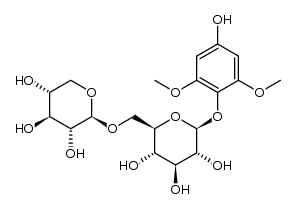 CAS#:1357111-69-3
CAS#:1357111-69-3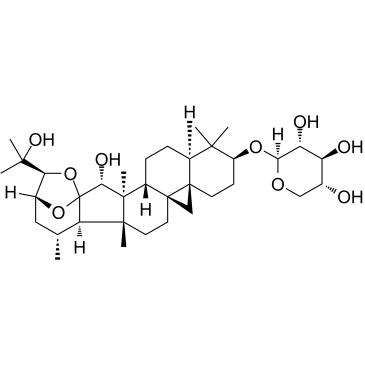 CAS#:27994-11-2
CAS#:27994-11-2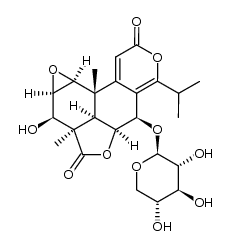 CAS#:1363545-10-1
CAS#:1363545-10-1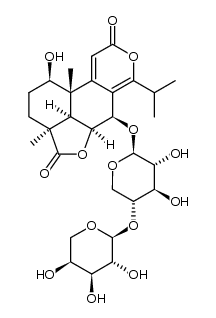 CAS#:1363545-12-3
CAS#:1363545-12-3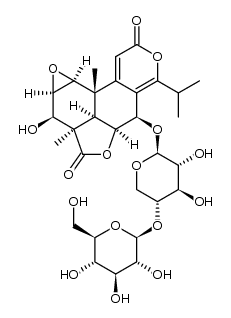 CAS#:1363545-08-7
CAS#:1363545-08-7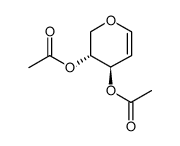 CAS#:3152-43-0
CAS#:3152-43-0 CAS#:3068-31-3
CAS#:3068-31-3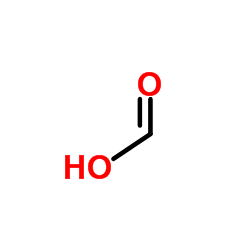 CAS#:64-18-6
CAS#:64-18-6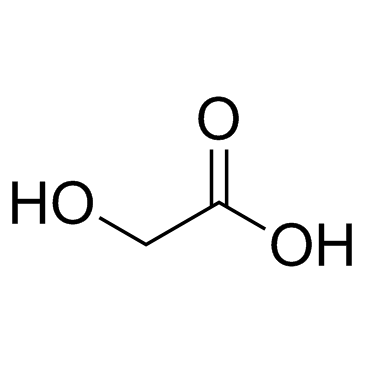 CAS#:79-14-1
CAS#:79-14-1 CAS#:473-81-4
CAS#:473-81-4 CAS#:124-38-9
CAS#:124-38-9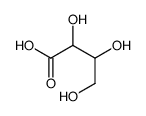 CAS#:10191-35-2
CAS#:10191-35-2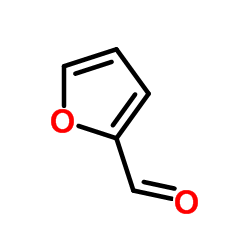 CAS#:98-01-1
CAS#:98-01-1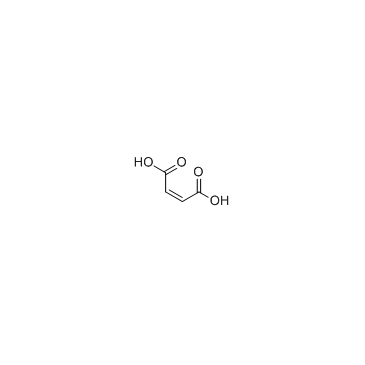 CAS#:110-16-7
CAS#:110-16-7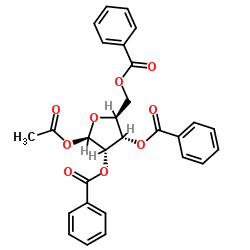 CAS#:3080-30-6
CAS#:3080-30-6
